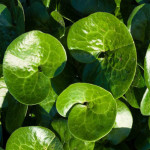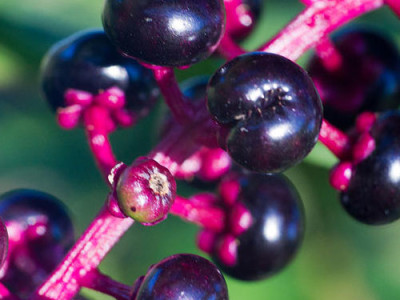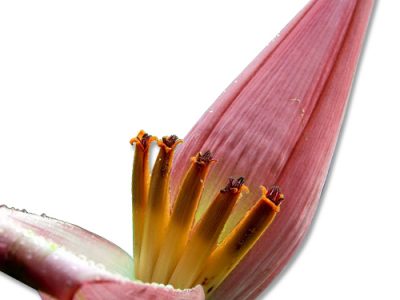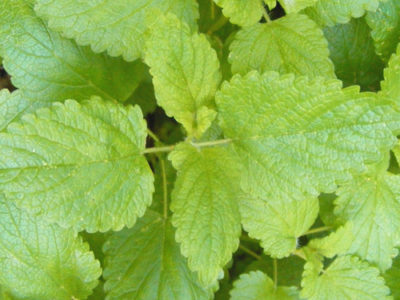
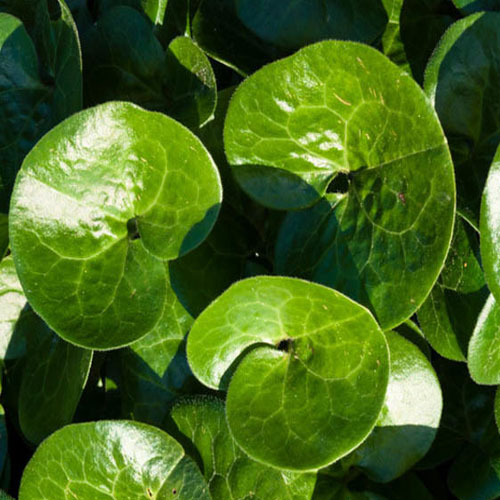
Asarabacca Benefits And Its Various Uses
Asarabacca
Plants and trees makes the place extremely scenic, and it is wonderful to watch a group of plants waving their hands (stems) freely. It is a spectacular scene when the flowers bloom at full swing during seasons. The life of the plants is a mystery which cannot be explored that is easily. No one knows whether they are communicating with other species or not like aliens. This topic will deal with a plant named Asarabacca, which is a species of wild ginger with single auxiliary dull purple flowers, lying on the ground. The botanical name of this plant is Asarum europaeum. The other common names of this plant are Hazlewort , European wild ginger, and wild spikenard.
[tribulant_slideshow gallery_id="252"]
It is abundantly found in Europe, ranging from Finland and northern Russia to southern France, Italy and the Republic of Macedonia. These plants are harvested for the use as a spice or flavoring. The length of stems is 15 cm long. The kidney shaped leaves are petiolate and are 10 cm wide. These plants grow in wild and found lavishly in deciduous woodland or coniferous forests, especially in calcareous soils.
There are two types of subspecies other than the above mentioned species.They are
- A. europaeum caucasicum
- A. europaeum italicum.
The first one is found in southwestern Alps and the second one is found in central and Northern Italy. It is also found Skopska Crna Gora Mountains.
Properties
There are 12 stamens present in it. This plant belongs to British species of the Birthwort family. It flowers during the months of May and June . The chemical compositions found in the roots are volatile oil, asarum camphor, asarit, asarin, tannic acid, resin, starch, extractive, gluten, albumen and various salts and in the herb, asarin, tannic acid, extractive, citric acid and chlorophyll. The bell shaped flowers have three broad petals that are reddish-brown. Because the flowers are usually located under the leaves they are often difficult to detect. After flowering the formation of a round and fleshy seed capsule follows. This plant is harvested during the month of August. The powdered herb has a bitter taste. It is cultivated as a commercial plant in USA. The plant prefers shaded areas and moist humus-rich, calcareous soil. The plant has become popular as an ornamental plant in many parts of the world with temperate climates, as it’s an evergreen and can form a beautiful ground cover.
Uses
-
- During ancient times it was used as a cephalic snuff and also as a medicine.
- It is used as a tonic and stimulant, sometimes acrid or aromatic.
- The dried and powdered leaves of this plant are used in the sneezing and giving relief to headache, weak eyes and treatment for rhinitis, pneumonia, angina pectoris, migraine, liver diseases and jaundice.
- It will induce menstruation and abortion.
- Today, the herb is used, in standardized form only, to treat bronchitis, laryngitis, asthma, silicosis, and cough related to smoking.
- These shade-tolerant plants are used as a ground cover in gardens.
- This perennial plant has prostrate stems that each bears 2 kidney-shaped leaves with long petioles.
- The upper surface of the leaves is shiny and they have a pepper-like taste and smell.
- There are also 2 to 3 stipules present that occur in two rows opposite each other on the stem.
- The flowers are solitary, terminal and nodding.
- The flower tube is composed of fused sepals that end with 3 petal-like projections that are brownish towards their ends and dark purple toward the centre.
- Chinese use this plant as folk medicine. So this wonderful plant has many therapeutic properties.

